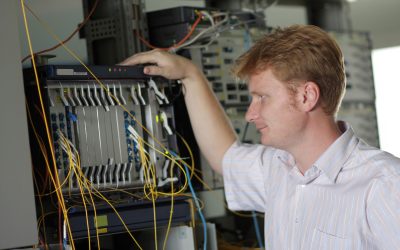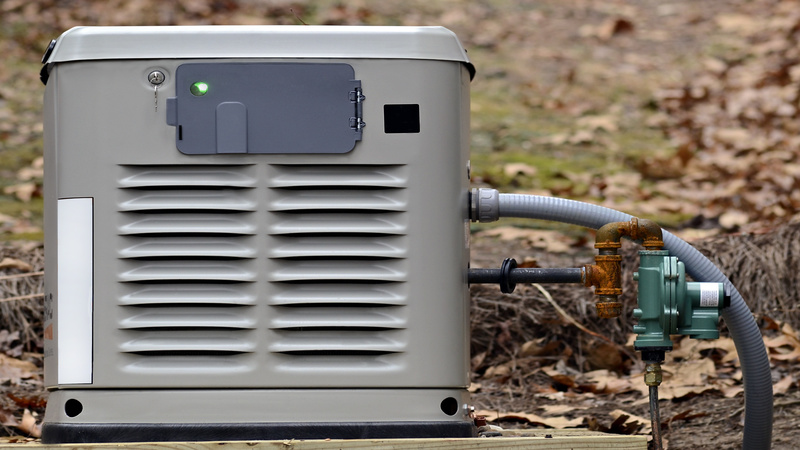Low pressure sensors are used in medical & industrial applications, and they are developed for use with corrosive or non-corrosive liquids and gases depending upon design and construction. They are easy to install and are insensitive to mounting and vibrations. Calibration is easy, and some models are designed to range at ±.8 to ±100 Psid. The sensors have an extremely accurate range of about ±0.25% Full Scale, and some models come with internal diagnostics.
Medical Applications
Pressure sensors are commonly used in ventilators to measure air flow to and from a patient by detecting changes in breathing. Low pressure sensors are used in anesthesia machinery to measure gases, and they are used in spirometers to airflow to and from a patient. Another common medical use includes nebulizer applications to ensure medicines are delivered correctly to the patient. They are a critical component in a hospital room to provide continuous monitoring to prevent airborne contamination.
HVAC Applications
Low pressure sensors are extensively used in HVAC. The component is used for determining variable air flow volume, and the detection of clogged air filters. The sensors measure static pressure and measure indoor air quality. They allow for HVAC transmitters to be placed throughout a system so that outlying areas are monitored. These pressure sensors are often used in small leak detection and null pressure detection systems.
Variable Features
Features vary from application to application, but usually include DC power, pressure ports and output signals including temperature ranges. There are models with a range of up to 1,000 feet, and they are constructed to withstand extreme conditions. The components are easy to customize to fit any application, and most manufacturers work clients to tailor the sensors for special uses. Units come packed with the required cables, and packages include any accessories required for specific applications.
Low Pressure Sensors improve comfort by reducing mold, and they help manage the maintenance of HVAC systems. In medical applications, they are critical to treatments and respirators. They also help prevent infection by monitoring negative and positive airflow in treatment rooms. They are tough and durable, and entire sensor systems are extremely low cost. Models and applications vary, but their customization is a breeze.



